Este post também está disponível em:
Português
English
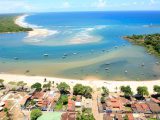
Itacaré, in the south of Bahia, is a place for those seeking peace and quiet and full contact with nature.
But the tourist town, which is part of the Cacao Coast, also welcomes those who live in search of adrenaline and extreme sports.
Perfect waves, such as those at Tiririca beach, attract surfers from all over Brazil and the world, and the calm of the tide at Praia da Concha is an invitation to a relaxing bath and to practice Stand up and Paddle.
Itacaré also has many natural and cultural beauties.
Deserted beaches surrounded by Atlantic Forest coexist with colonial buildings and mansions from the early twentieth century.
Surfers seek its beaches with strong waves, while ecotourists find in Itacaré deserted beaches with access by trails, as well as waterfalls in the middle of the forest.

The town’s residents themselves fight to keep the green areas intact, showing that they are environmentally conscious.
And not only environmental awareness, as they preserve important customs, such as capoeira, so practised in Itacaré.
Watch the videos about Itacaré in Bahia


Itacaré - Guia de Turismo
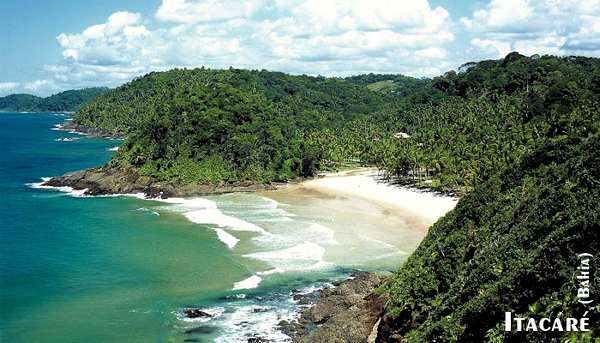
Itacaré - Reportagem
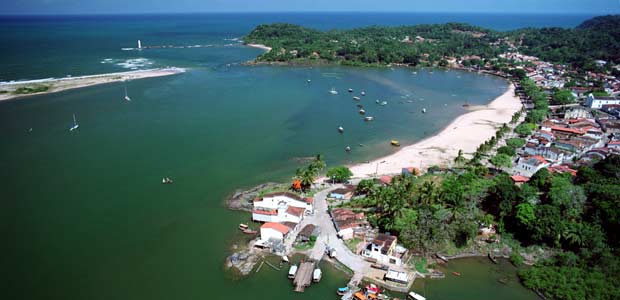
Itararé - Praias e Dicas
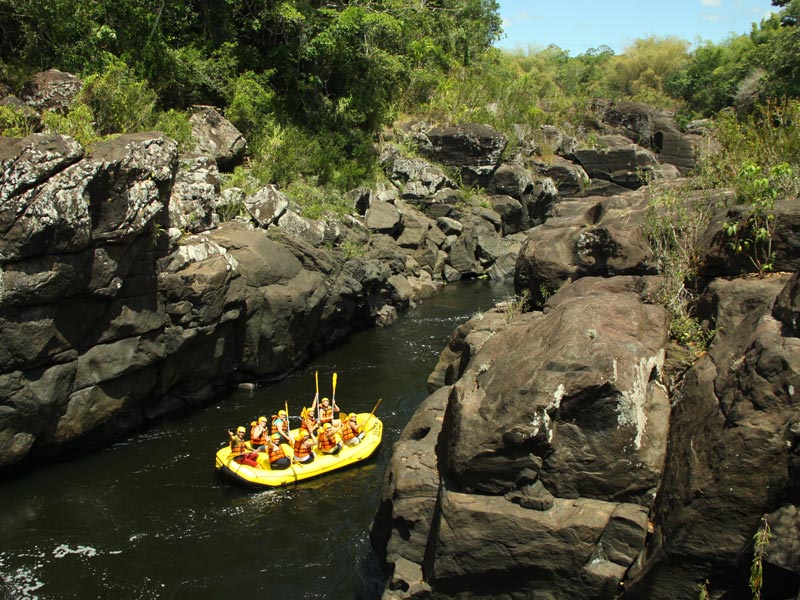
Rio de Contas - Rafting
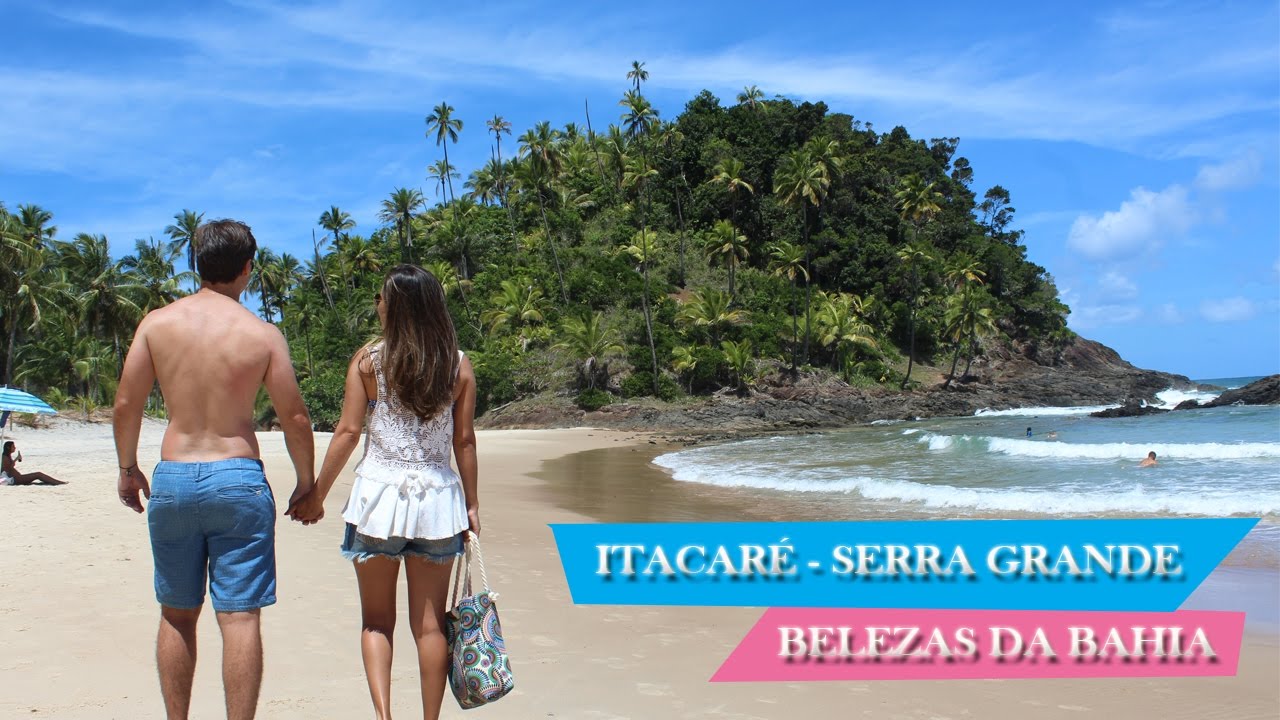
Itacaré - Drone
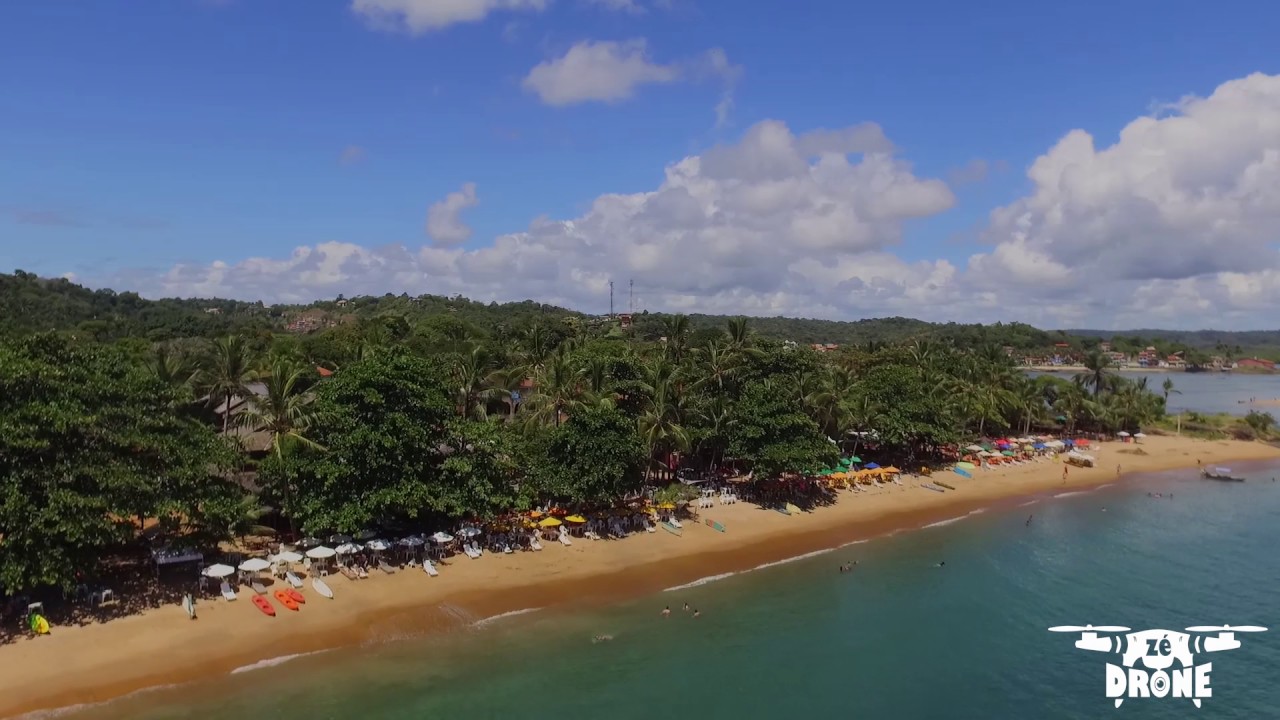
Itacaré - Drone
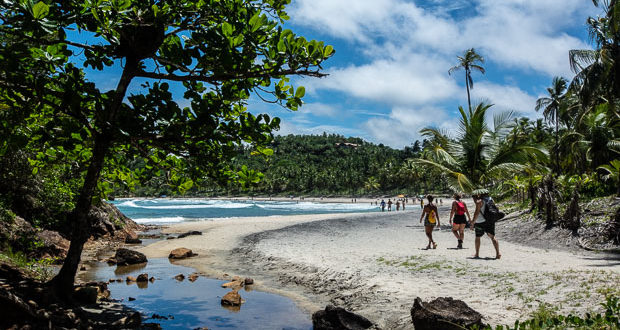
Itacaré - Drone - Praias03:56
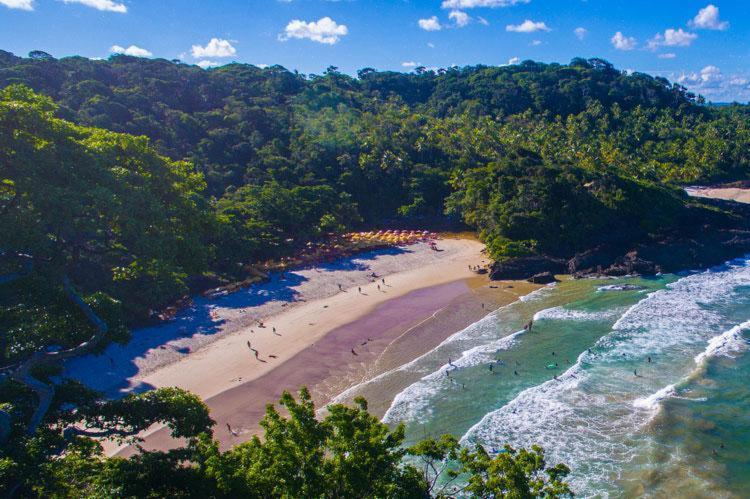
Ilhéus e Itacaré - Guia Completo33:46
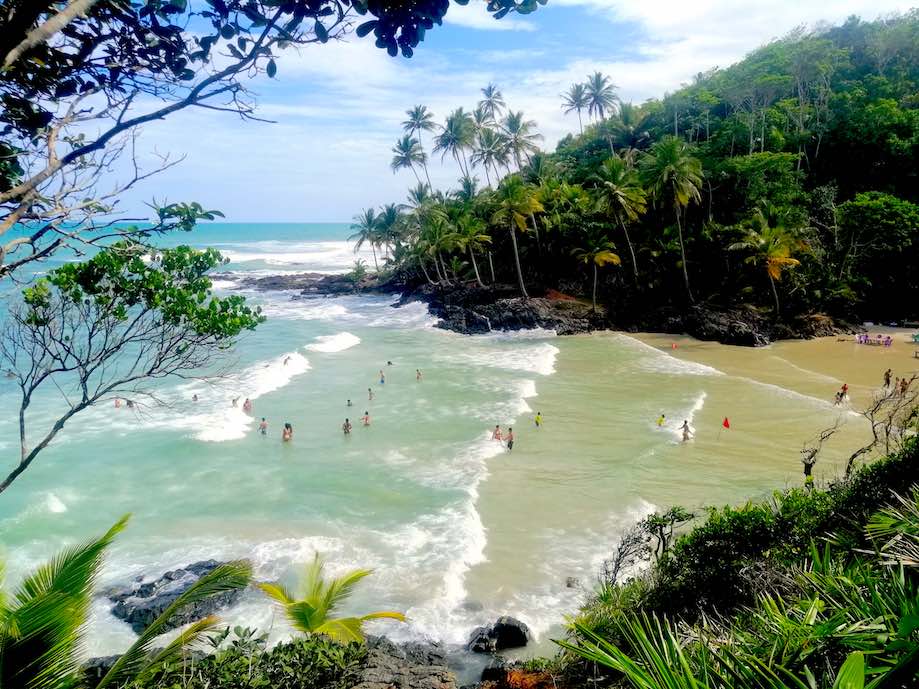
Itacaré - Paraíso no Sul da Bahia
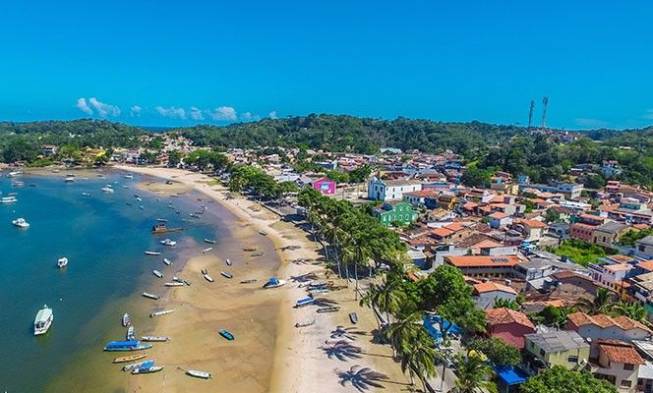
Itacaré na Costa do Cacau - Guia Completo
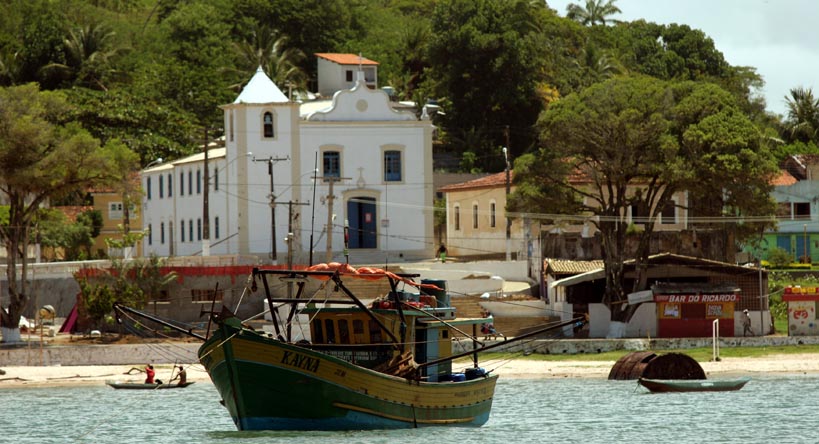
Cachoeira da Usina, Jeribucaçu, Arruda e Havaizinho03:56
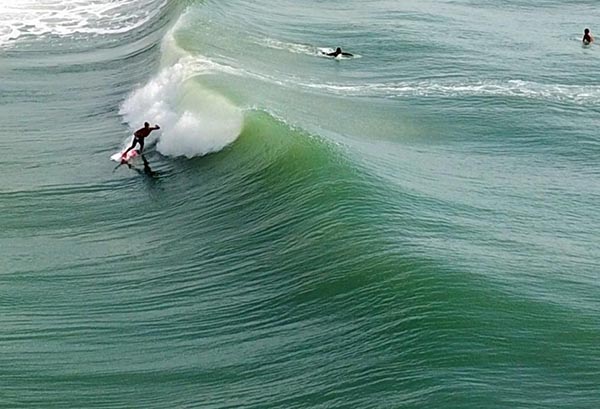
Surf em Itacaré - Guia de Turismo e Dicas
History of Itacaré
The city of Itacaré had its origin in a village of Pataxós Indians, where the Jesuit Father Luis de Grã had a chapel built at the beginning of the 18th century, which is still standing, under the invocation of St Michael.
This settlement was baptised as São Miguel da Barra do Rio de Contas, becoming a municipality in 1732, initially under the name of Itapira and later Itacaré.
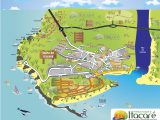
The oldest people say that, during the colonisation, the Indians constantly attacked the Jesuits, who were forced to build a tunnel to escape.
This tunnel used to connect the altar of the church to the Jesuit House, but it has been earthed up.
Itacaré was an important port during the time when maritime transport was predominant.
It was also a clandestine port of the reign, as the city of Rio de Contas, in the Chapada Diamantina, had connections with all the cities of Minas Gerais by means of troops and the Rio de Contas linked the Chapada to Itacaré.
Travellers and prospectors, when arriving in the city of Rio de Contas, preferred to follow the road bordering the Rio de Contas, as they found better conditions for travelling and also for the ease of access to the port of Itacaré, thus creating, at the time, a gigantic smuggling of precious stones.
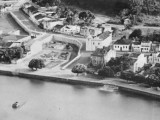
And due to this constant traffic of goods, the interest of pirates was aroused who would hide in the vicinity of the port of Itacaré to steal diamonds and goods from travellers.
With the development of the roads, the harbour became used only for fishing.
The cultivation of cocoa, which began at the end of the 19th century, fuelled the economic growth of Itacaré and was once its main activity. However, its decline sent Itacaré into a slow decay.
The construction of the BR-101 in the 1960s consolidated the growth process of inland towns, especially those bordering the road.
Itacaré was not integrated into this new dynamic, remaining in a certain isolation, a fact that, in a way, explains its preservation.
For many years, the difficult access (54km of mud and gravel road) kept the town out of time.
The construction of the BA-001, which runs along the coast of Bahia, is turning the old town towards tourism.
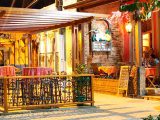
Itacaré grew towards the beaches, and so Pituba was born, a colourful and typical neighbourhood, where the main street is Caminho das Praias.
The Concha neighbourhood was recently opened to urbanisation, and today concentrates the main inns of the city.
Tourism in Itacaré
1. Rio de Contas
Rio das Contas is born in the Chapada Diamantina and travels more than 400km until it dilutes into the sea of Itacaré.
Navigating it, either by boat, motorboat or canoe, you can find beautiful waterfalls in the interior of the forest, mangroves and cocoa farms.
2. Cleandro Waterfall
Cachoeira de Cleandro can be reached by boat or canoe from Rio de Contas.
The waterfall is located inside a farm that has a cocoa plantation, cloves and guaiamum breeding.
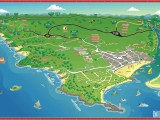
A 10-minute walk leads to it. There are 3 beautiful falls with a natural pool great for swimming above them. On the farm there is a restaurant that serves snacks and drinks.
3. Tijuípe Waterfall
Cachoeira do Tijuípe can be accessed from the park road that connects Itacaré to Ilhéus.
A short and light trail leads to the waterfall that is about 4m high by 15m wide, with a delicious natural pool for swimming.
Urban Beaches
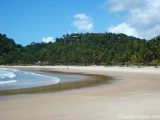
1. Coroinha Beach
Boat mooring on the city’s waterfront, not recommended for bathing.
There is now a project to reurbanise this beach, which was the old navigation route for cocoa boats.
2. Concha Beach
Praia da Concha is considered a family beach, with calm waters and the most complete tourist infrastructure in Itacaré, including beach huts and inns.
On the left side of the beach there is a viewpoint of natural stones called Ponta do Xaréu, great to enjoy the sunset.
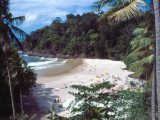
On its right side, there is a signalling lighthouse for boats.
3. Resende Beach
Praia do Resende is a small cove with lots of coconut trees, soft white sand and good waves. No infrastructure.
4. Praia do Costa
Praia do Costa is a small and deserted beach with vegetation around it. It has strong waves, white and soft sand.
5. Tiririca Beach
Praia da Tiririca is a more popular beach, it is the peak of the young people.
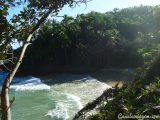
It has strong waves, good for surfing, white sand, coconut trees and hills and little infrastructure: 2 cabins and 3 inns.
6. Ribeira Beach
Last urban beach. It has a dense vegetation that ends on the sand, making the visual marvellous, and a natural pool.
Cabanas and restaurants make the beach crowded on weekends and holidays.
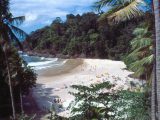
Beaches by trails
1. Prainha
The trail starts at Ribeira. About 50 minutes of walking to reach a beach that is perhaps the most beautiful in Itacaré.
Surrounded by coconut trees, it has no infrastructure, just a coconut water stall. Strong waves good for surfing.
2. São José Beach
A small beach with strong waves and soft sand. Access is through the Ecotourism Complex Villas de São José. It has a restaurant and kiosk of the Complex itself.

3. Jeribucaçu Beach
Heavy trail, passing through the middle of an erosion and Atlantic Forest.
Paradise beach, with a stream, many coconut trees, strong waves and no infrastructure.
4. Engenhoca Beach
Trail of slight difficulty through the Atlantic Forest.
Very frequented by surfers due to its good waves. Creek, beaten sand and no tourist infrastructure.
5. Camboinha Beach
The trail is of medium difficulty through a farm. Extensive and deserted beach with beaten sand, coconut trees and strong waves.
It has no tourist infrastructure.
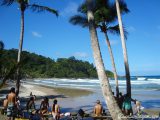
6. Hawaizinho Beach
The trail is the same as Engenhoca’s; Hawaizinho beach is halfway up.
The view from the top, from a natural lookout, is marvellous. The beach is also beautiful, small, with coconut trees and strong waves.
7. Itacarezinho Beach
Recently opened a dirt road that reaches almost the beach. Extensive with coconut trees and waves. It has only one stall that sells coconut water.
8. Pontal and Piraganga
North of Itacaré, on the other side of the Rio de Contas.
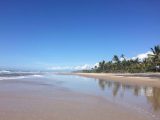
Access is by boat, canoe or ferry. There are more than 20km of sand, coconut trees and strong waves.
Historical Attractions
1. São Miguel Church
Built by the Jesuits in a high part of the city to visualise the mouth of the bar, through which the large vessels entered.
Construction began in 1718 and was completed in 1723.
2. House of the Jesuits
Built at the same time as St Michael’s Church, it had a connecting tunnel between them for the Jesuits to escape from indigenous attacks.
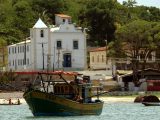
3. Casarões
Casarões were built from 1900, the time of the cocoa cycle.
They had 3 styles: sobrados (where the colonels lived), high basement houses (where merchants and small farmers lived) and ground floor houses (where people of a lower class lived).
4. Lighthouse
The lighthouse on Praia da Concha was used to guide cocoa boats.
After its restoration, the old fishermen say it is the only square lighthouse in the world.

Bahia.ws é o maior guia de turismo e viagem da Bahia e Salvador.
Guia de Turismo e Viagem de Itacaré na Bahia



















